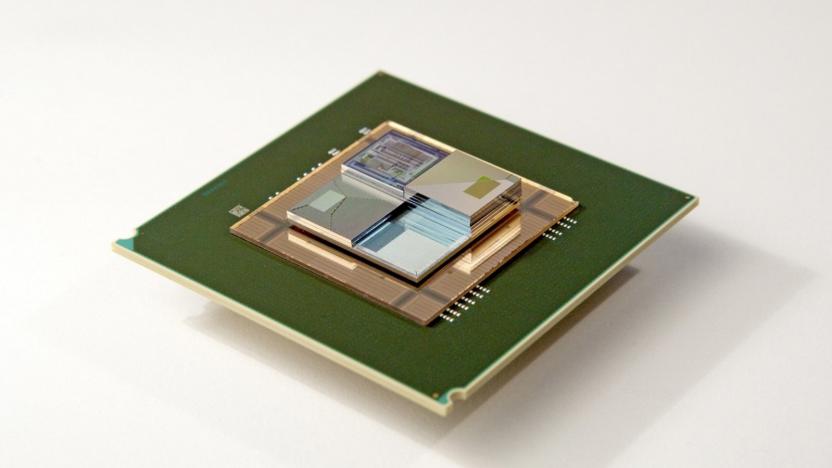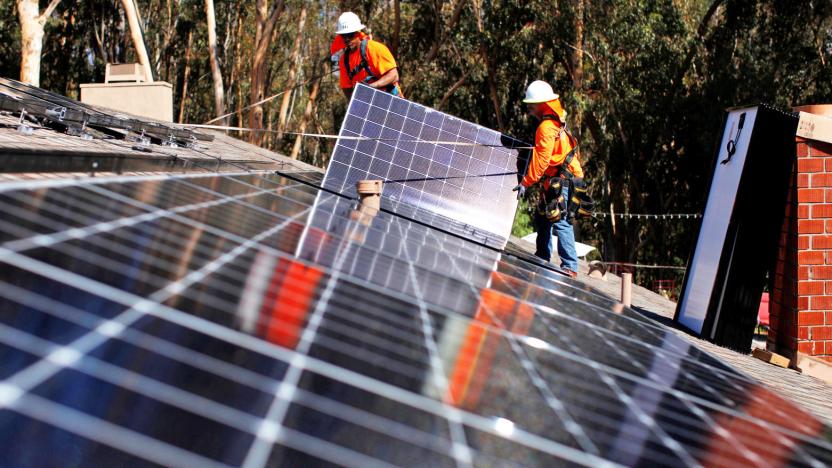flowbattery
Latest

Liquid metal battery could lower cost of storing renewable energy
As dreamy as it might be to combine renewable energy sources with storage batteries, there's a problem: those batteries are expensive. It might take you years to recoup the costs. You'll be glad to hear, then, that Stanford scientists have a way to make those batteries more cost-effective. They've developed a liquid metal-based flow battery that can store electricity at a lower price, even on a large scale. A metal-producing mix of sodium and potassium serves as the negative side of the battery, providing nearly twice the maximum voltage of typical flow batteries (making them high-value) without having to resort to exotic chemicals or extreme temperatures.

Tiny liquid battery cools chips while powering them
Scientists from IBM and ETH Zurich university have built a tiny "flow" battery that has the dual benefit of supplying power to chips and cooling them at the same time. Even taking pumping into account, it produces enough energy to power a chip while dissipating much more heat than it generates. The result could be smaller, more efficient chips, solar cells that store their own energy or devices used for remote monitoring that don't require external power sources.

Liquid battery could last for over 10 years
Modern batteries aren't hampered so much by their capacity as their long-term lifespan -- a lithium-ion pack can easily become useless after a few years of heavy use. That's bad enough for your phone, but it's worse for energy storage systems that may have to stick around for the long haul. If Harvard researchers have their way, you may not have to worry about replacing power backs quite so often. They've developed a flow battery (that is, a battery that stores energy in liquid solutions) which should last for over a decade. The trick was to modify the molecules in the electrolytes, ferrocene and viologen, so that they're stable, water-soluble and resistant to degradation. When they're dissolved in neutral water, the resulting solution only loses 1 percent of its capacity every 1,000 cycles. It could be several years before you even notice a slight dropoff in performance.

